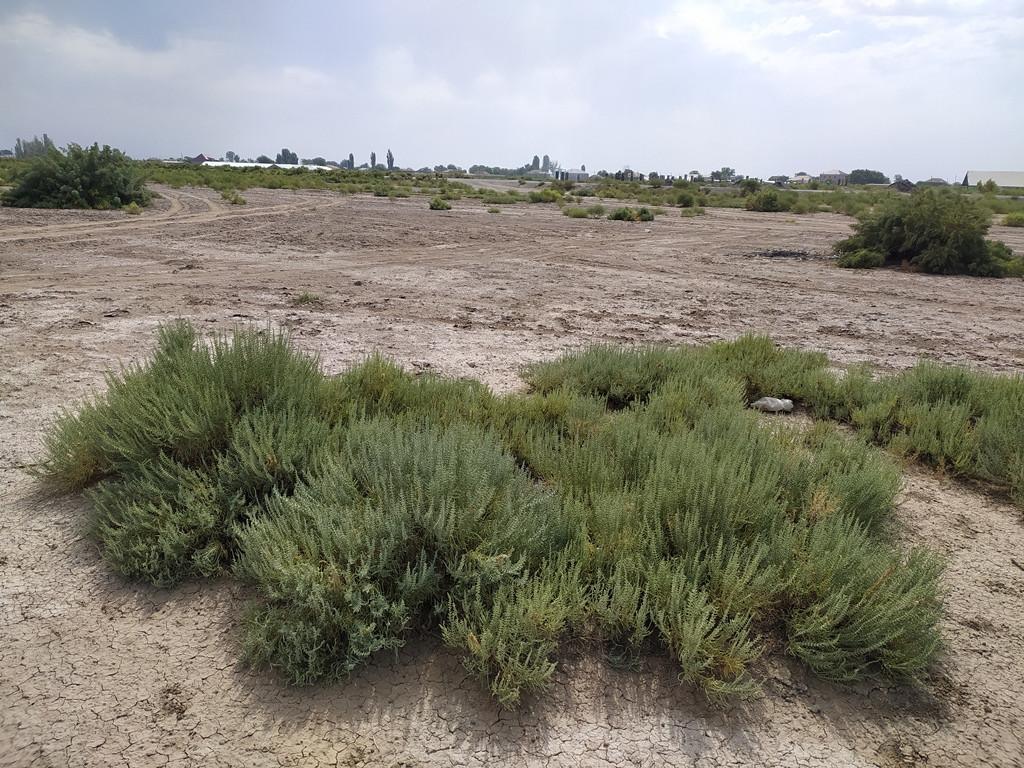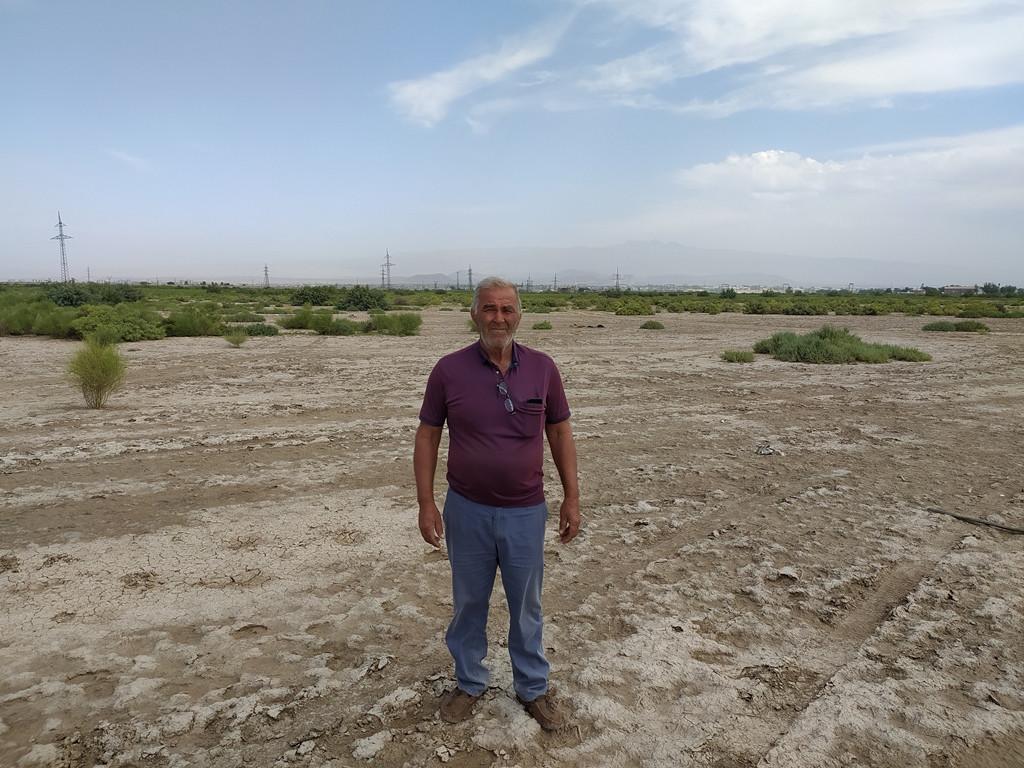
Armenian Farmers Decry Lack of Government Help to Tackle Growing Salinity Issue
Farmers in Armenia’s Armavir Province say the government isn’t doing anything to help them cultivate their saline soil lands that are slowly turning arid.
Rafik Gevorgyan owns 5,000 square meters of land in Armavir’s Zartonk village. 3,000 square meters are too saline for cultivation.
Gevorgyan says during the soviet era the state financed programs to wash the saline layer of the soil, thus allowing farmers to grow crops. Those programs no longer exist.
It’s an expensive proposition that most farmers can’t implement on their own.
Gevorgyan says that he’s not grown anything on more than half his fields since 1995.
He and other farmers use manure to enrich the saline soil to at least grow grass to fee their livestock.
Following the collapse of the Soviet Union, area residents were allocated small plots of land in a privatization drive. Many of those plots remain untouched due to the salinity problem.
“It’s expensive to desalinize the land. Water must constantly inundate the land to remove the salt layer. We can’t do that. There’s an irrigation water problem,” Gevorgyan tells Hetq.
The farmer says the government should waive water fees because the amount of water provided isn’t sufficient to make the land tillable.
There are 2,626 hectares of saline land in Armavir Province, and 1,500 in neighboring Ararat Province.
Ararat Provincial Governor Sedrak Tevonyan tells Hetq that a portion of these lands are used for fish farming and slightly saline areas as grazing pastures.
Zartonk Mayor Samvel Aghajanyan says that one way to make the saline lands arable is to treat them with sulfuric acid that must be imported from Russia.
Saline soils contain toxic concentration of soluble salts of chlorides and sulphates of sodium, calcium, magnesium in the root zone. Because of the white encrustation formed due to salts, saline soils are also called white alkali soils.
The optimal pH range for most plant species is near neutral or slightly acidic. Sulfuric acid does lower soil pH, but the process takes time and must be monitored.
Also, the application of sulfur to acidify soils is more practical for horticultural crops (fruits and vegetables) than agronomic crops (non-perishable crops such as grains, dry beans, oilseeds, and fiber.)
He admitted that sufficient irrigation water can’t be provided to the saline lands to leach them free of the salt.
"If there was water in those areas, believe me, our people would have already cultivated those lands and cleaned them of salt. But there is no water," Aghajanyan says.
 Videos
Videos Photos
Photos


Write a comment